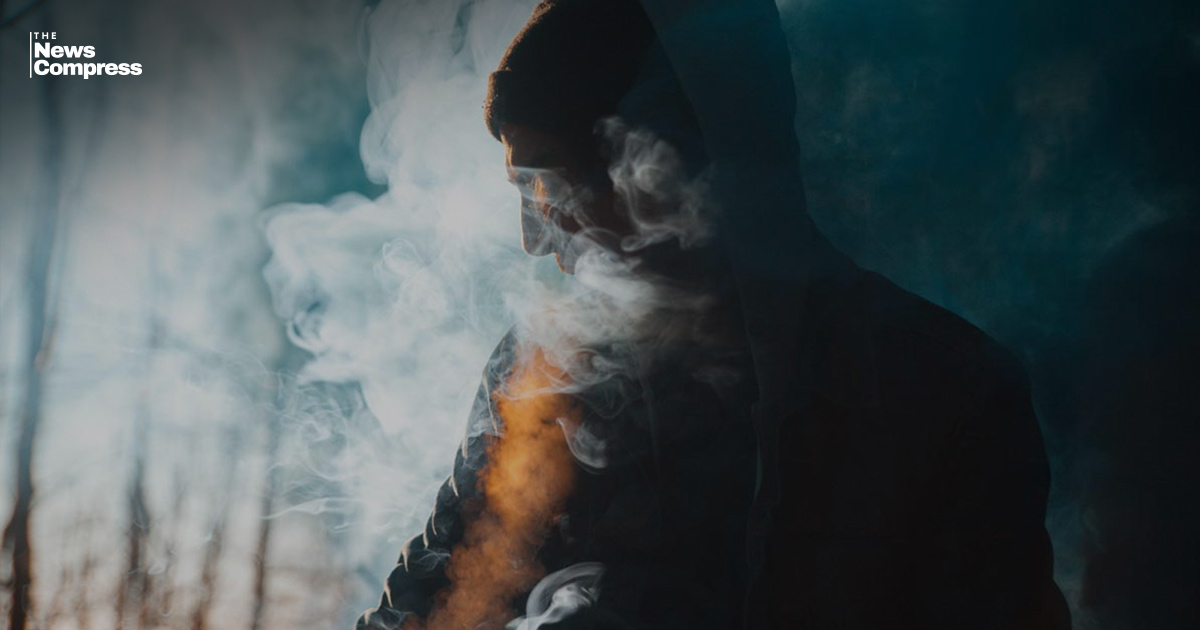Published: June 26, 2025, 03:56 PM

Bangladesh is now home to an estimated 8.3 million drug addicts, marking a sharp increase from the 3.6 million reported in 2018. The alarming figure comes from the Department of Narcotics Control’s (DNC) latest nationwide survey-the first of its kind conducted by the agency-highlighting a worsening drug crisis across the country.
According to the survey, 7.76 million addicts are men, while 285,000 are women and 255,000 are children and adolescents. Drug use is no longer limited to adults, with children and teenagers now part of the growing demographic of users.
Substance abuse is primarily centered around cannabis, with 6.1 million users. Yaba accounts for 2.3 million addicts, while 2.02 million are dependent on alcohol. Other drugs include phensedyl (346,000), heroin (320,000), sleeping pills (300,000), glue or adhesives (160,000), and injectable drugs (39,000). Many users are addicted to more than one substance, which accounts for the higher total when broken down by substance.
The study, based on interviews with over 5,000 individuals across 16 districts, estimates that 4.89 percent of the country’s 169.83 million population are drug dependent. The findings come as Bangladesh observes the International Day Against Drug Abuse, with this year’s theme: “The Evidence is Clear: Invest in Prevention. Break the Cycle. Stop Organised Crime.”
Professor Muhammad Umar Faruq of Mawlana Bhashani Science and Technology University said the numbers reflect a total failure in controlling narcotics. He blamed the crisis on ineffective strategies by the responsible agencies.
The DNC’s upcoming 2024 Drug Report points to Bangladesh’s geographic vulnerability. Though not a producer of narcotics, the country lies close to major drug trafficking routes such as the Golden Triangle, Golden Crescent, and Golden Wedge. These routes run through Myanmar, India, and beyond, with Bangladesh sharing borders with India and Myanmar across 32 districts.
Authorities have identified 104 high-risk entry points for drugs: 43 in the west, 21 in the east, 21 in the north, and 19 in Cox’s Bazar. While multiple law enforcement agencies are engaged in anti-drug operations, critics argue that efforts disproportionately target small-time users and dealers, while the real masterminds remain untouched.
DNC statistics show that in 2014, out of 3,698 drug-related cases settled in court, 55 percent ended in full acquittal-highlighting weak investigations and lack of credible evidence.
Home affairs adviser Maj. Gen. (retd) Md Jahangir Alam Chowdhury admitted at a press conference that the government has failed to curb both drug abuse and corruption. He urged the DNC to go after major drug lords instead of focusing solely on low-level couriers.
Drug abuse has far-reaching social and economic consequences. According to UNCTAD’s 2023 report, Bangladesh loses approximately USD 481 million (Tk 5,900 crore) annually to drug trafficking and related money laundering-ranking fifth globally in this category.
Despite the severity of the crisis, the country’s treatment infrastructure remains inadequate. Government-run facilities can accommodate only 279 patients across the country, while 387 private rehab centers are in operation. Plans are underway to build one 250-bed and seven 200-bed treatment centers across the divisions.
Psychiatrist Professor Ahmed Helal emphasized the need for investment in nationwide treatment and rehabilitation. “If we don’t rehabilitate the youth, they will become a heavy burden on society,” he warned.
Personal stories echo the tragedy. A retired secretary shared how drugs ruined his son’s future and disgraced the family. “Drugs alone can destroy an entire family,” he said.
As addiction spreads and enforcement efforts fall short, experts say Bangladesh must act urgently-through prevention, rehabilitation, and stronger legal enforcement-to combat its escalating drug crisis.